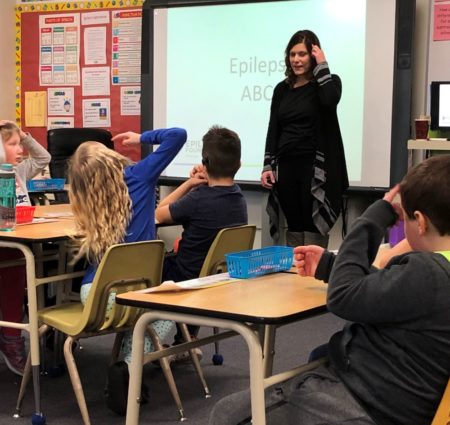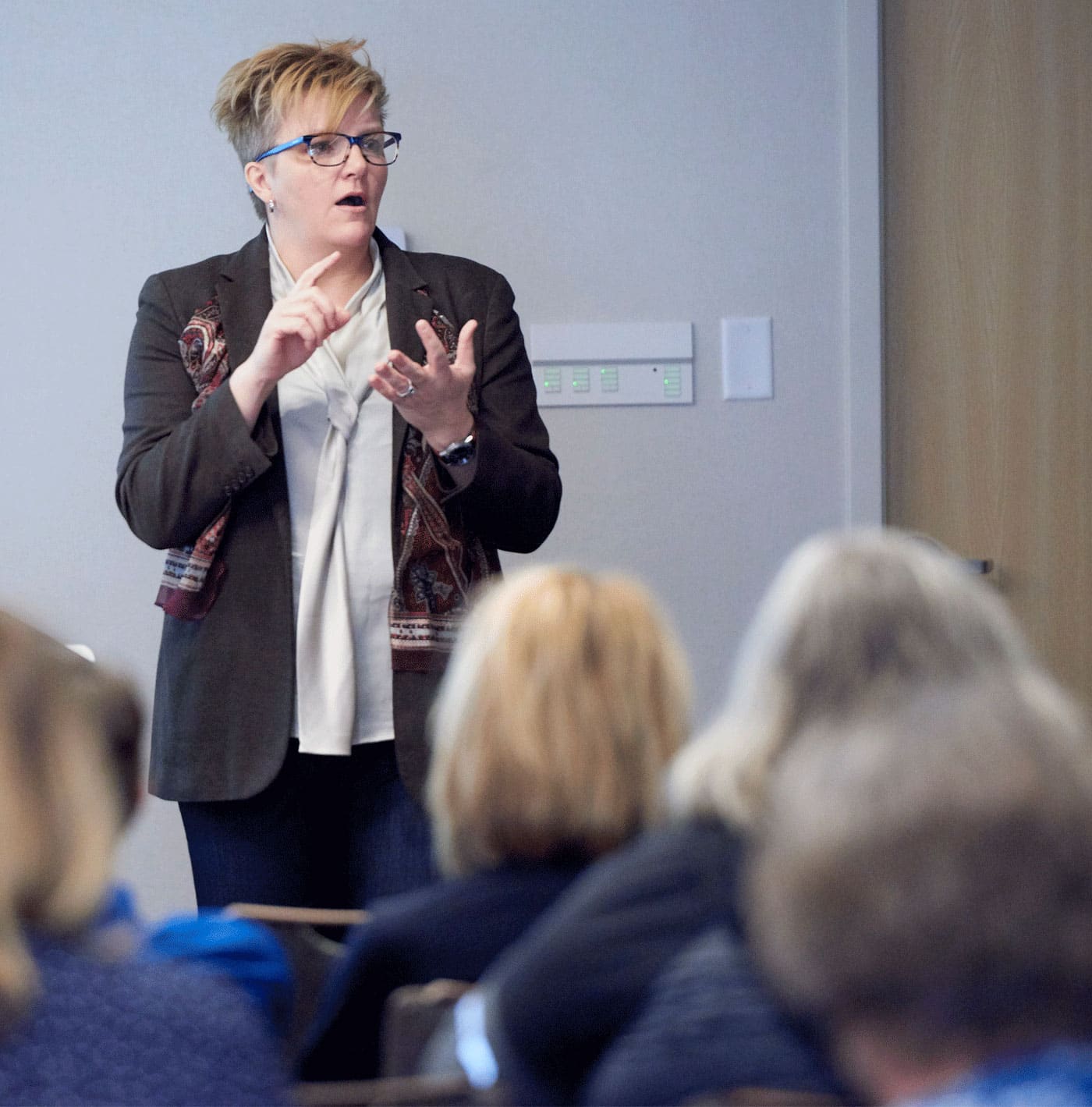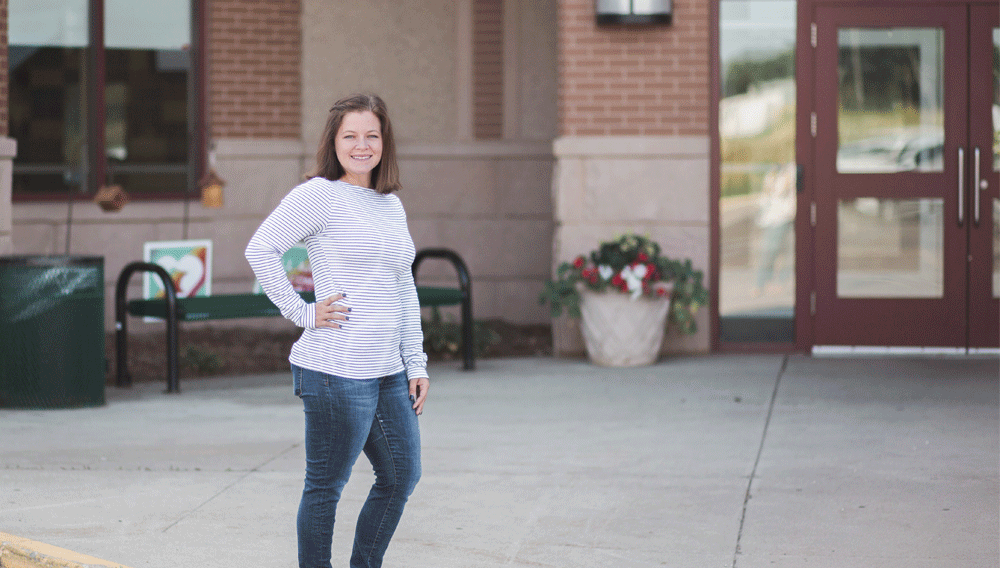For Educators
Teachers, school staff and personnel, and other educators play a vital role in the lives of children with epilepsy. In addition to ensuring a safe environment for students with epilepsy and knowing how to respond when a child has a seizure, teachers also find themselves on the front lines fighting the pervasive stigma that often surrounds seizures. By fostering understanding among children and adults alike, educators can make a huge impact on a child’s emotional and physical wellbeing.
Teachers and educators are sometimes the first adults to notice seizure symptoms in students with undiagnosed epilepsy. Teachers who are familiar with focal awareness seizures, for example, may be the first to notice a student’s wandering attention or repetitive movements in class. Basic familiarity with seizure facts is a great way to be an ally to students and parents.


The statistics around epilepsy diagnosis
The Epilepsy Foundation of Minnesota is committed to connecting educators and school personnel with the information, resources, and training they need to ensure a safe and nurturing environment for all students in their care, including students with epilepsy.
Resources for Your Classroom
Seizure Smart Schools Legislation
The Seizure Smart School Legislation passed in 2021 for the 2022-2023 school year. Meet all legislation requirements here.Classroom Kits
Seizure education Classroom Kits are customized with grade-specific resources for teachers, parents, and students.Schedule a Classroom Training
Schedule a training for your students or the school personnel at your school. Trainings can be customized for every age and audience.Seizure First Aid Poster
Download this printable poster to display it in your classroom. These first aid facts will come in handy to remind students and teachers what to do when someone has a seizure.
Additional Educator Resources:
Thriving with Epilepsy
Meet Kelly Crawford
Kelly Crawford’s diagnosis of epilepsy at 12 years old led to an adolescence compounded by mental health challenges. Now, with a master’s degree in social work and her principal’s license, Kelly is working with students like her and has the goal of becoming an administrator at an alternative high school.
Meet Kelly Crawford
Looking for more information on epilepsy?
Current statistics indicate one in 10 people will have a seizure during their lifetime, and one in 26 will develop epilepsy.
Learn More